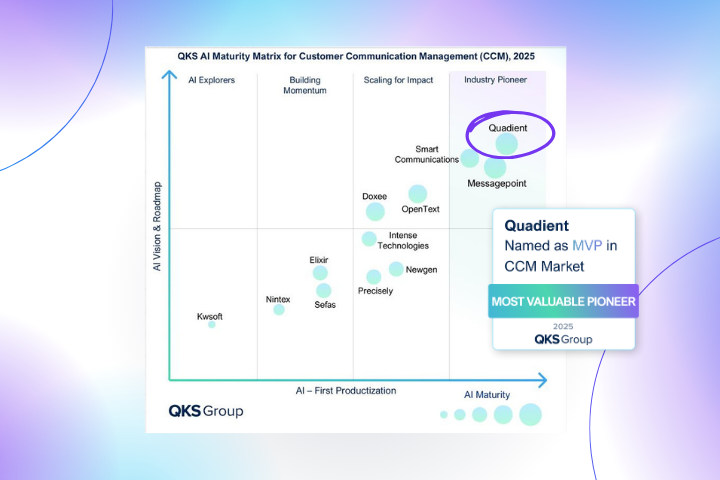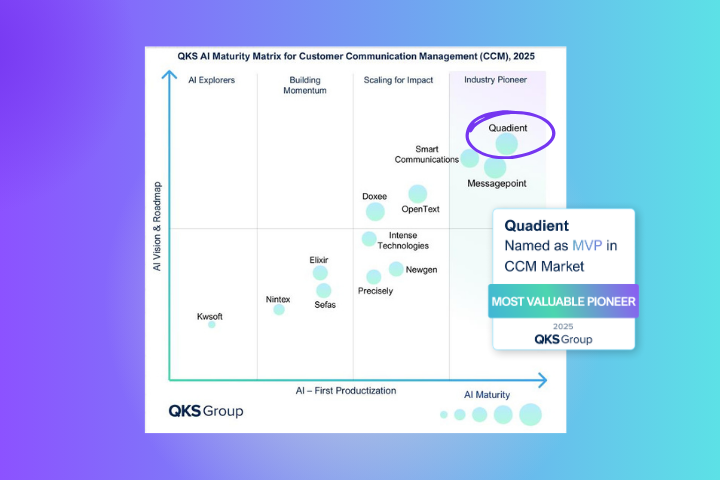
We are well and truly in the digital age. Even so, numerous business processes are still lagging behind, particularly invoicing management.
In 2019, for example, only 10% of global invoices were sent digitally, despite invoicing being such an essential part of business. This number rose from 55 billion in 2019 to around 91 billion in 2022, but it’s still only a small segment of the overall invoice market.
So, why is now the time to consider switching to digital invoicing presentment and delivery? Here are the most important reasons for small to medium-sized businesses.
What is Digital Invoicing?
Simply put, digital invoicing involves using a SaaS platform to send invoices for B2B, B2C and B2G customers. A digital platform automates repetitive tasks, such as invoice generation and delivery, and will generally facilitate the invoices payment
Along with streamlining invoice presentment and delivery, a digital platform will also allow you to monitor statistics and KPIs. In turn, these will help you monitor costs and DSO to better understand pitfalls in your invoicing process.
Why Switch to Digital Invoicing Now?
Digital invoicing isn’t a particularly new concept. However, the reasons for switching now are stronger than ever regardless of the type of business you run. Here’s why it makes sense to begin the switch to a digital invoicing solution.
Greater Efficiency
EY’s Worldwide Electronic Survey found that switching to electronic invoicing helps businesses reduce costs and error risk while also realizing economies of scale. In short, automating a simple and repetitive task – such as generating invoices – removes the risk of human error while drastically reducing the amount of time spent on the task.
Also, including a payment platform within the electronic invoicing service makes payments quicker and easier. Your clients will be able to send payments instantly, which then reduces your DSO and means you can budget more effectively.
Compliance
Digital invoicing is quickly becoming the norm in disruptive markets and is gradually feeding down into more traditional industries. Although it’s already a known concept, it’s clear from the figures above that it is by no means universal.
However, numerous countries have implemented legislation that works alongside invoice digitization. Some is related to reducing VAT leakage, whereas other laws are simply for validating tax more easily.
Whatever the reason, electronic invoicing will make a company’s legal obligations much easier. Some countries (such as the US) are considering implementing a national electronic invoicing standard to help streamline digital invoicing and payments.
All this translates to a need for compliance. Getting on board with electronic invoicing means your business can incorporate any changes to processes before legal obligations come into force. Doing so allows you to monitor teething issues that could otherwise result in fines if left until these regulations are law.
Changing for the Better
Automation is one of the largest market disruptors in recent history. Businesses benefit greatly by using automation for repetitive tasks such as invoicing because it massively reduces human error and processing time.
According to Forrester’s 2022 predictions, 10% of tech executives will focus on investment in automation to free up staff and resources for new initiatives. Combined with the fact that the automation market is expected to grow at a CAGR of 5.5% in the next 5 years, it is clear that automation will continue to be big business.
Looking at this against the growing trend for digitization of business processes, the two factors arguably work alongside one another, as you can’t have automation without digitization.
Along with freeing up resources, automation means employees can shift their efforts from time-consuming activities like invoicing presentment and delivery to focus on more human-orientated tasks.
Understanding Electronic Invoicing Best Practices
Implementing an electronic invoicing platform can be complicated if you’re unfamiliar with the market. For more information on how best to transition to digital invoicing, download Quadient’s whitepaper.







